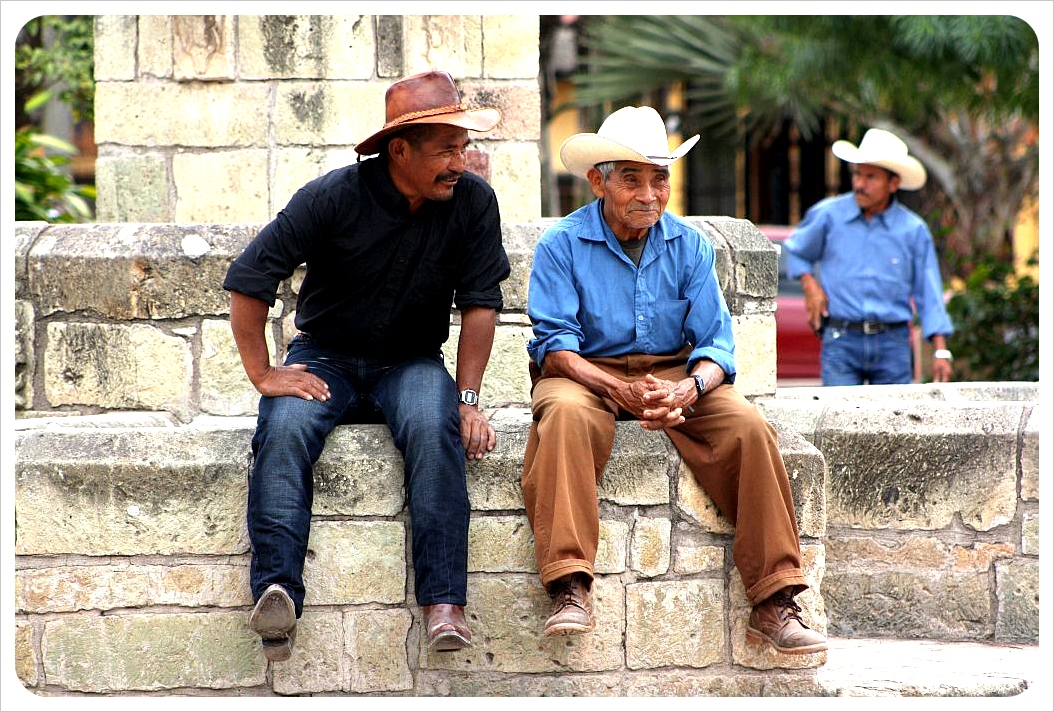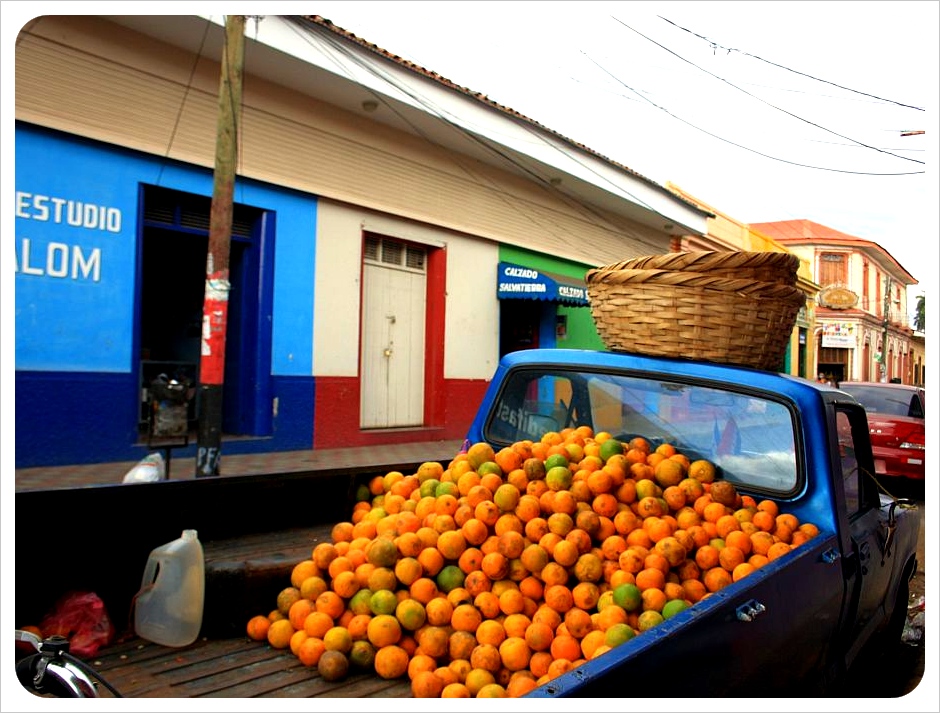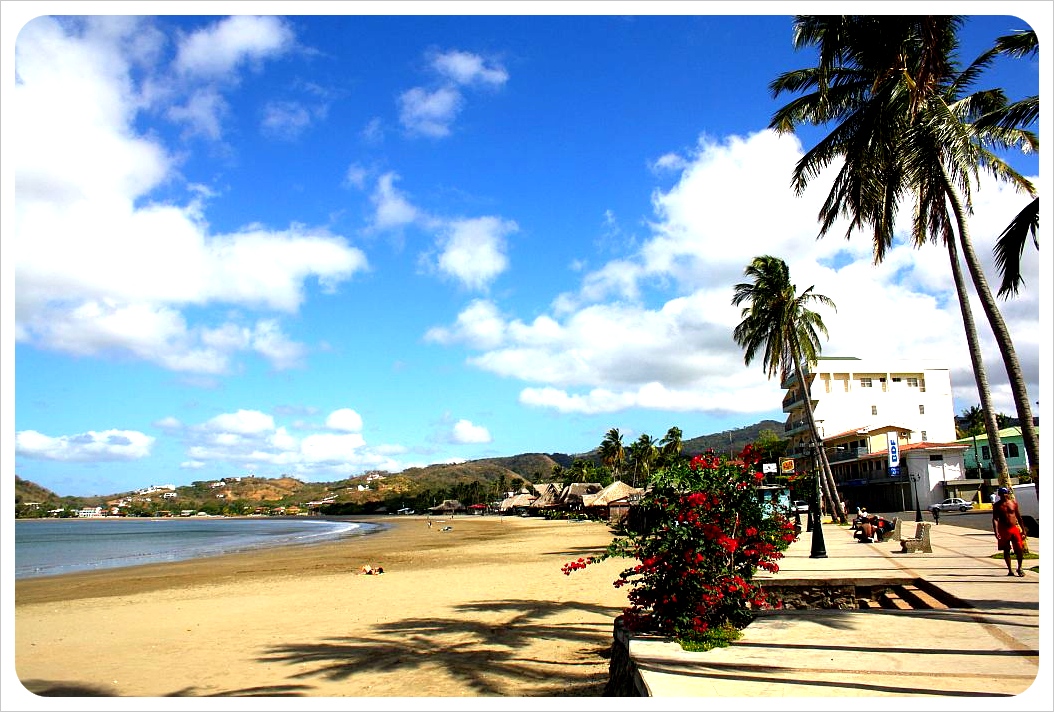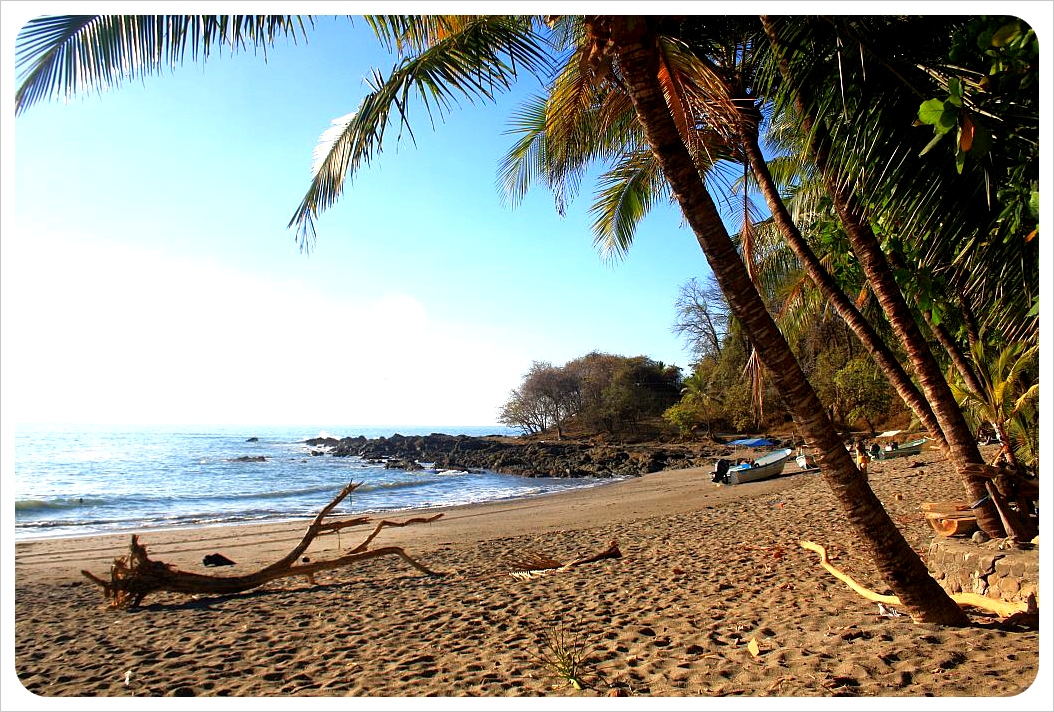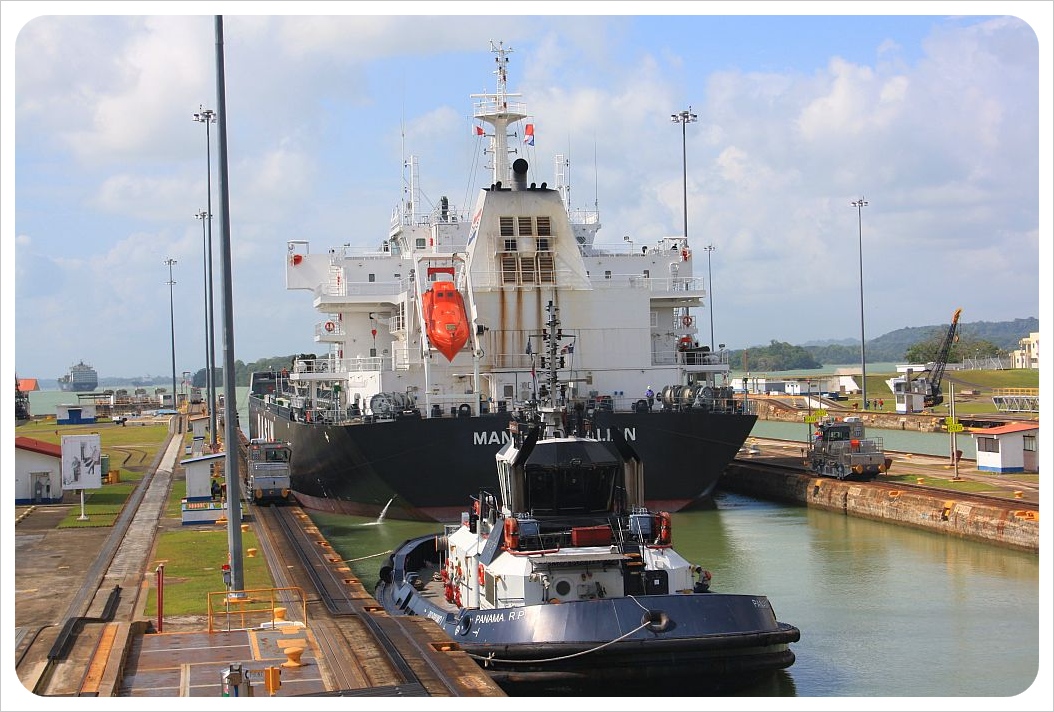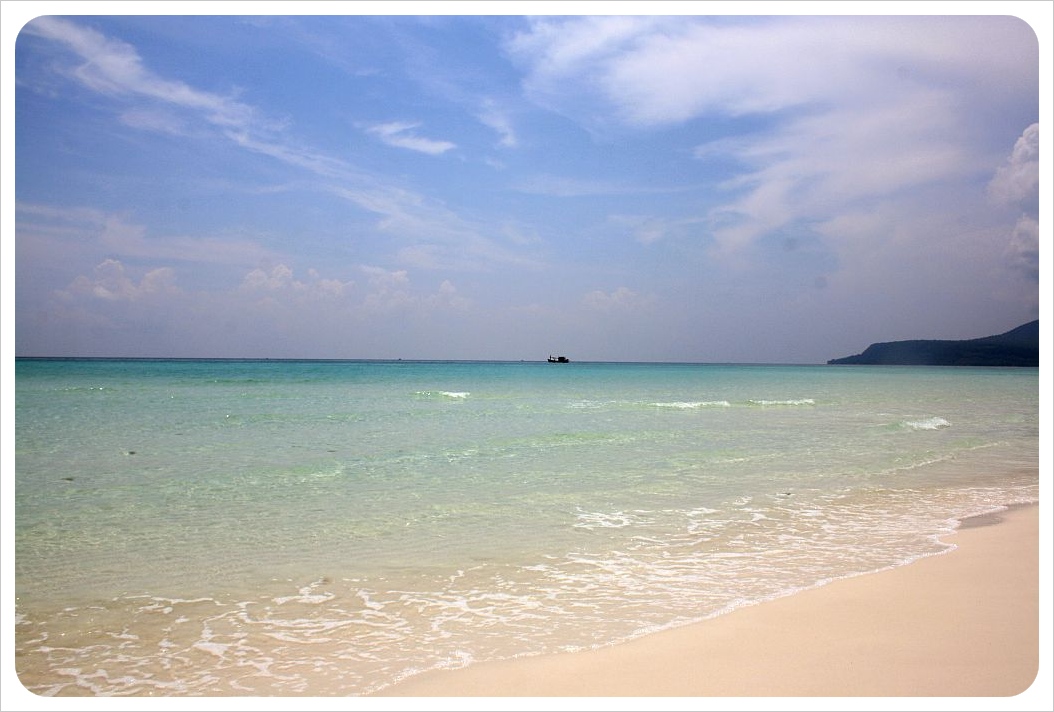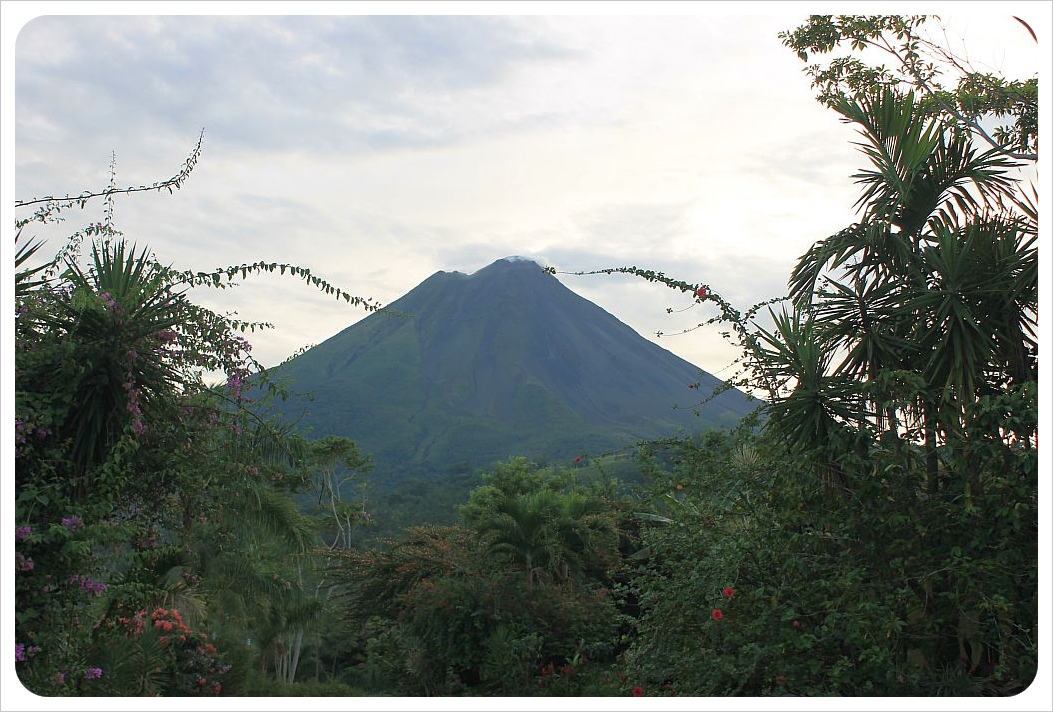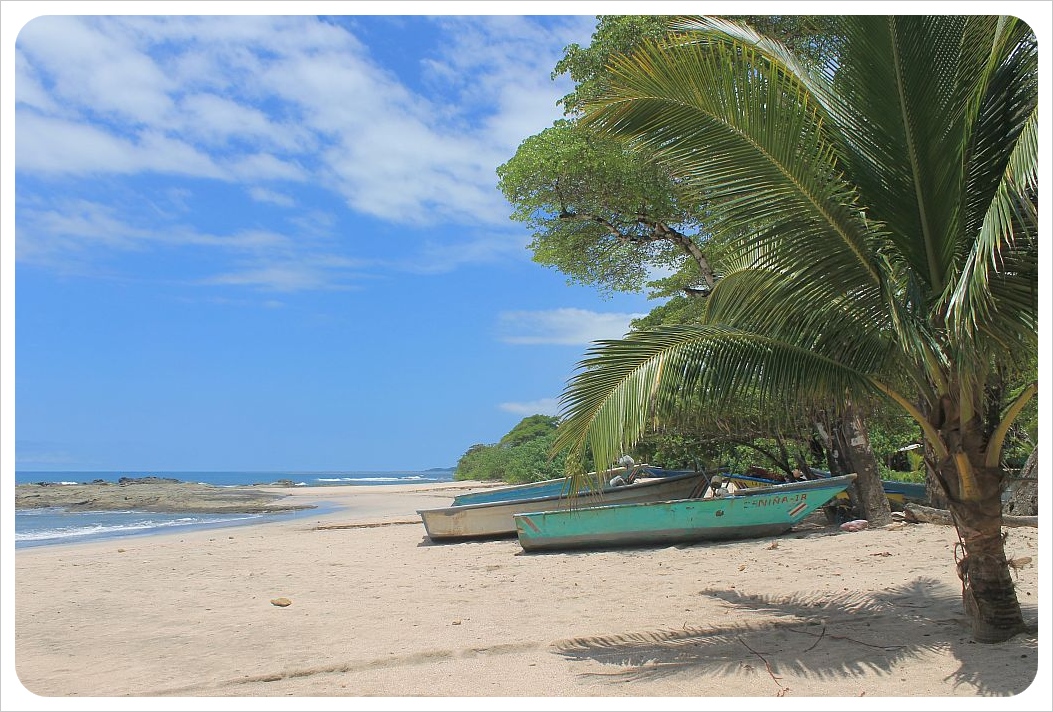Travel in Honduras – safe or not?
During this eight-month leg of our trip through Central America, we crossed paths with countless travelers coming up north as we headed down south, and listened to their tips and advice for places we had yet to visit. The only place that nobody could tell us much about was Honduras. It seems many people wonder whether it is safe or not to go there – here is our take.

